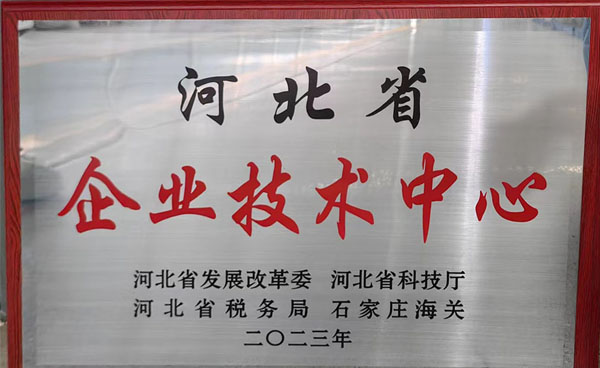
Nov . 15, 2024 16:57
Back to list
natural gas pressure reducing station
Natural Gas Pressure Reducing Stations Essential Facilities for Safe and Efficient Gas Distribution
Natural gas plays a pivotal role in meeting the energy needs of homes and industries worldwide. However, transporting natural gas over long distances presents unique challenges, primarily related to maintaining appropriate pressure levels. This is where natural gas pressure reducing stations (PRDs) come into play. These stations are crucial infrastructures that ensure the safe and efficient distribution of natural gas from transmission pipelines to end-users.
Understanding Pressure Reducing Stations
Natural gas is transported in high-pressure pipelines, which allows for the efficient conveyance of large volumes of gas. However, this high pressure cannot be safely delivered directly to consumers or some industrial applications. Pressure reducing stations are engineered to reduce and stabilize the pressure of natural gas to a safe level before it enters local distribution pipelines.
The main components of a pressure reducing station include pressure regulators, safety valves, filters, and sometimes meters. The regulators are key in reducing the high inlet pressure to a predetermined outlet pressure, which is essential for both safety and operational efficiency. Safety valves are designed to release excess pressure, while filters help remove impurities that could damage downstream equipment.
Importance of Pressure Reducing Stations
natural gas pressure reducing station

1. Safety One of the primary functions of pressure reducing stations is to enhance the safety of the gas distribution system. By controlling the pressure, these stations minimize the risk of leaks, explosions, and other hazards associated with high-pressure gas.
2. Efficiency PRDs also play a vital role in improving the efficiency of gas distribution. By ensuring that gas is delivered at the correct pressure, these stations help maintain optimal conditions for combustion in residential heating and industrial applications. This enhances fuel efficiency and reduces energy costs for consumers.
3. Flexibility Pressure reducing stations can be designed to accommodate varying gas demand across different seasons and times of day. This flexibility ensures that end-users receive a constant and reliable supply of natural gas, even during peak demand periods.
4. Environmental Impact Effective pressure regulation can also contribute to reducing greenhouse gas emissions. By ensuring that natural gas is used efficiently, PRDs help minimize the amount of unburned gas that could contribute to atmospheric pollution.
Conclusion
In summary, natural gas pressure reducing stations are essential components of the gas distribution infrastructure. They serve multiple purposes, including enhancing safety, improving efficiency, providing flexibility, and supporting environmental sustainability. As the demand for natural gas continues to grow, the importance of these stations is likely to increase, necessitating ongoing investment in technology and maintenance to ensure they meet future energy needs. By understanding the role of pressure reducing stations, we can better appreciate their contribution to our everyday lives and the energy landscape.
Next:
Latest news
-
Safety Valve Spring-Loaded Design Overpressure ProtectionNewsJul.25,2025
-
Precision Voltage Regulator AC5 Accuracy Grade PerformanceNewsJul.25,2025
-
Natural Gas Pressure Regulating Skid Industrial Pipeline ApplicationsNewsJul.25,2025
-
Natural Gas Filter Stainless Steel Mesh Element DesignNewsJul.25,2025
-
Gas Pressure Regulator Valve Direct-Acting Spring-Loaded DesignNewsJul.25,2025
-
Decompression Equipment Multi-Stage Heat Exchange System DesignNewsJul.25,2025

